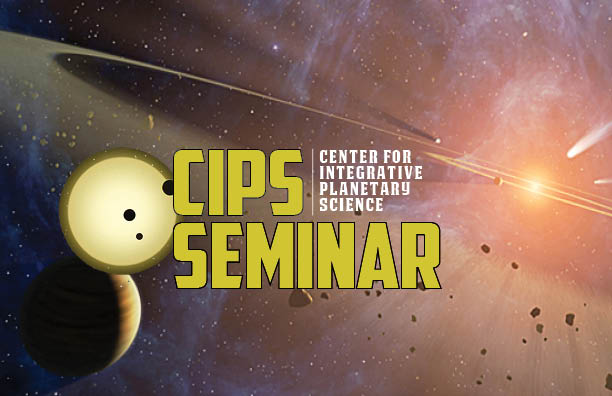CIPS Seminar: Enceladus Series 2-24
Wed, February 24, 2016

Rob De Rosa (UC Berkeley) – "Spectroscopic characterization of HD 95086 b with the Gemini Planet Imager"
We present 1.9-2.2 micron spectroscopic observations of the young exoplanet HD 95086 b obtained with the Gemini Planet Imager. The low resolution (R=66) spectrum is featureless within the measurement uncertainties, and presents a monotonically increasing pseudo-continuum consistent with a cloudy atmosphere. By combining these new measurements with literature photometry, we compare the spectral energy distribution of the planet to other young planetary-mass companions, field brown dwarfs, and to the predictions of grids of model atmospheres. As one of the reddest substellar objects known, HD 95086 b represents an important empirical benchmark against which our current understanding of the atmospheric properties of young extrasolar planets can be tested.
François Soubiran (UC Berkeley) – "Importance of Heavy Elements in Giant Planet Interiors"
Numerous extrasolar giant planets have been discovered. Yet many questions remain unanswered regarding their structure, formation and evolution. Their relatively low mean density indicates that they must be primarily composed of hydrogen and helium, probably in a cosmological proportion. The mass-radius measurements, as well as the gravitational moments in the case of Jupiter and Saturn, also showed that these planets must contain some heavier elements, which is expected assuming they were formed by coreaccretion. From the observations it is unclear however how the different materials are distributed in the interiors of these planets. While ab initio simulations and shock experiments have helped to constrain the properties of hydrogen-helium mixtures at high pressures, little is known about the role of heavy elements, Z, in these mixtures. To model the interiors of giant planets, it is important to understand how ternary hydrogen-helium-Z mixtures behave at high pressure and to what extend their properties can be described with an ideal mixing approximation that is based on an additive rule. Here we present our results of ab initio simulations of H-He-Z mixtures and describe the influence of heavy elements on their thermodynamic properties. We also discuss the consequences for the modeling of giant planets.
